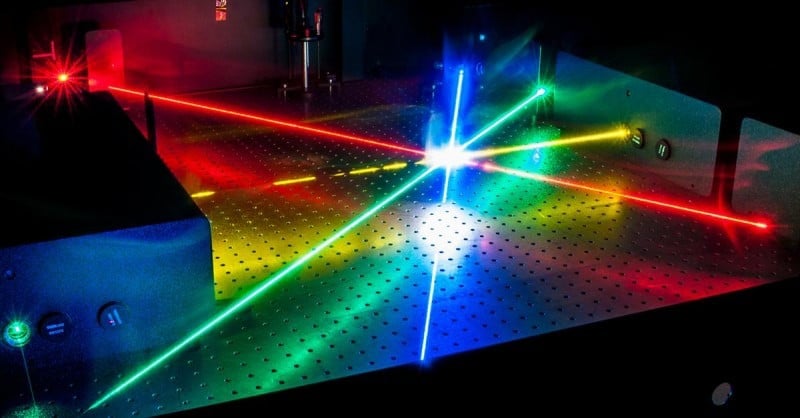
European scientists from the Consortium for the Development of Wireless Power Systems for Nanosatellites have been able to successfully charge devices from a great distance using a conventional laser .
The idea is considered a major breakthrough, as lasers have previously been used mainly for transmitting information or as a form of energy weapon.
The consortium includes several research institutes in Spain, France and Portugal. Their joint research is part of the Innovative Wireless Power Devices using Micro-Thermal Generators (WiPTherm) program, which enables the development of prototypes of new wireless power transmission systems.
It is expected that the research results will be applied first to micro- and nano-satellites to provide energy for them. Because the size of these satellites is too small, scientists have not been able to equip them with conventional solar panels.
The principle of charging devices using this method is quite simple. A laser beam will be projected onto the sensors, causing their temperature to increase and creating an electric current in the receiver system.
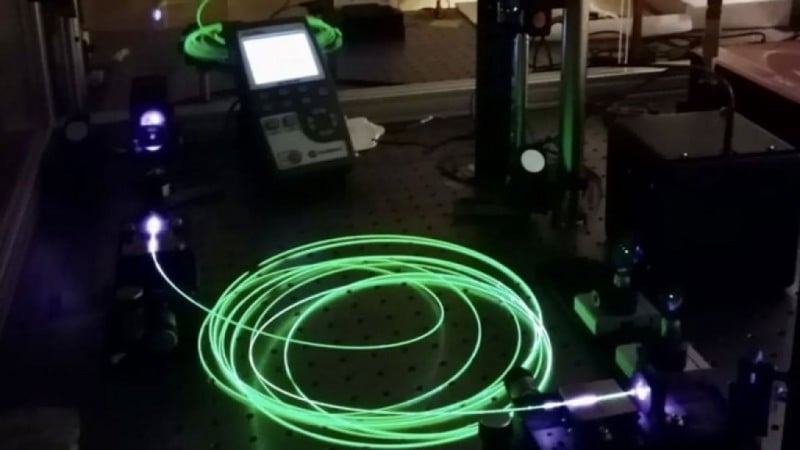
The device's optical system includes numerous lenses and a large number of pyroelectric sensors (27 pieces). A laser beam, which is light with a wavelength of 1550 nanometers, acts as a generator.
Similar types of lasers are commonly used in fiber optic technology. The current system being developed by scientists is expected to be able to transmit up to 1kW of power using a laser beam.
This technology is not yet fully ready and will need to be further refined in the future.
(according to OL)
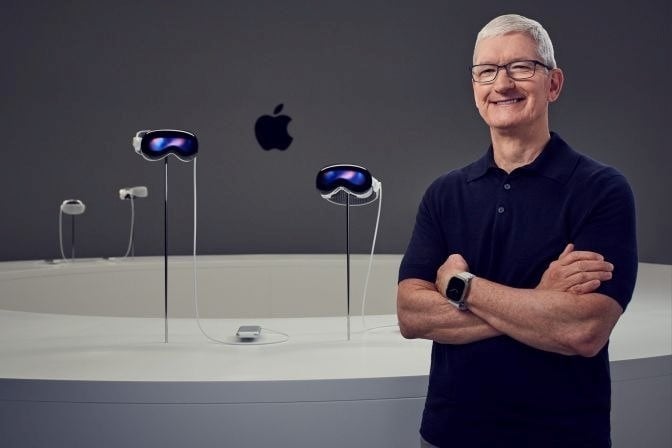
Apple's Vision Pro hits a snag with app developers

AI will be able to invent, trade and manage businesses.
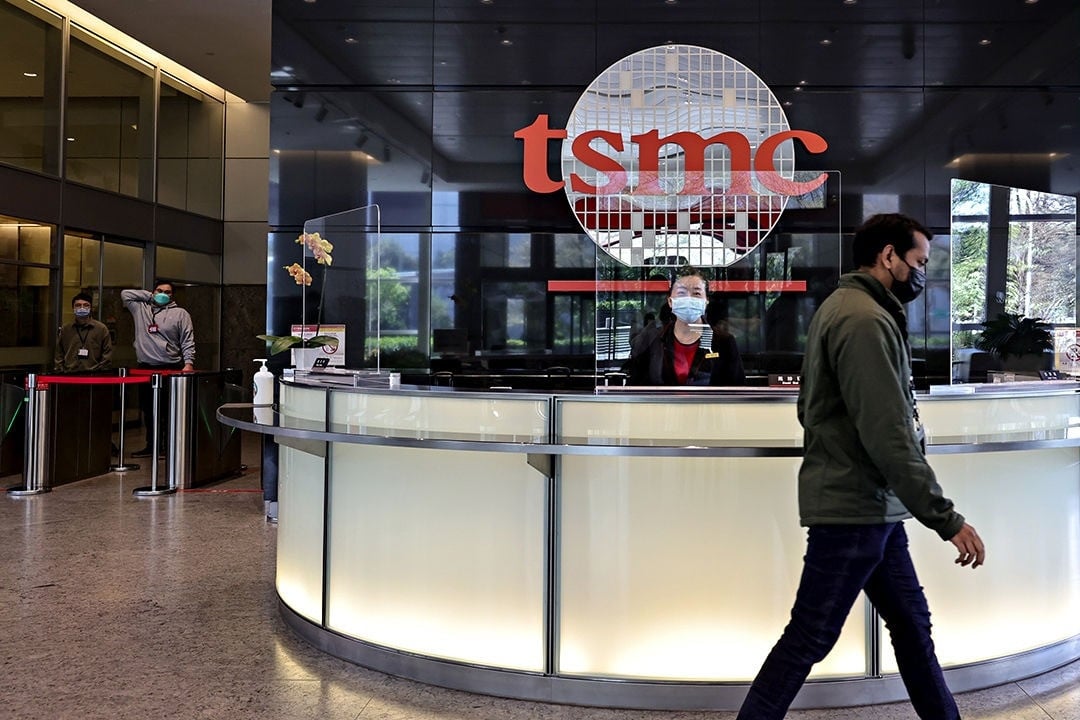
TSMC launches plan to build 3 new factories to produce 2nm chips
Source


![[Photo] Solemn opening of the 12th Military Party Congress for the 2025-2030 term](https://vphoto.vietnam.vn/thumb/1200x675/vietnam/resource/IMAGE/2025/9/30/2cd383b3130d41a1a4b5ace0d5eb989d)
![[Photo] Panorama of the cable-stayed bridge, the final bottleneck of the Ben Luc-Long Thanh expressway](https://vphoto.vietnam.vn/thumb/1200x675/vietnam/resource/IMAGE/2025/9/30/391fdf21025541d6b2f092e49a17243f)
![[Photo] President Luong Cuong receives President of the Cuban National Assembly Esteban Lazo Hernandez](https://vphoto.vietnam.vn/thumb/1200x675/vietnam/resource/IMAGE/2025/9/30/4d38932911c24f6ea1936252bd5427fa)

![[Photo] The 1st Congress of Phu Tho Provincial Party Committee, term 2025-2030](https://vphoto.vietnam.vn/thumb/1200x675/vietnam/resource/IMAGE/2025/9/30/1507da06216649bba8a1ce6251816820)
![[Photo] General Secretary To Lam, Secretary of the Central Military Commission attends the 12th Party Congress of the Army](https://vphoto.vietnam.vn/thumb/1200x675/vietnam/resource/IMAGE/2025/9/30/9b63aaa37ddb472ead84e3870a8ae825)





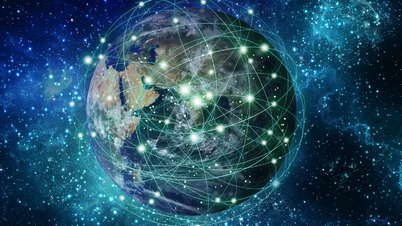
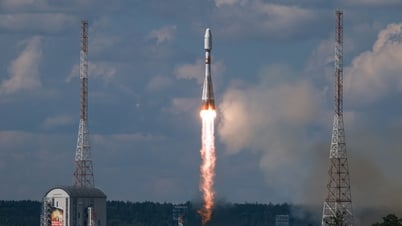
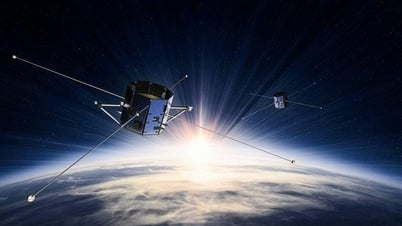
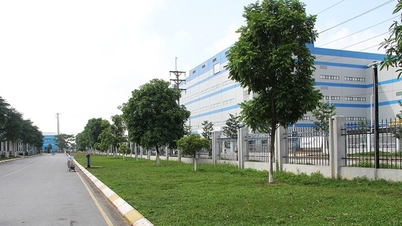





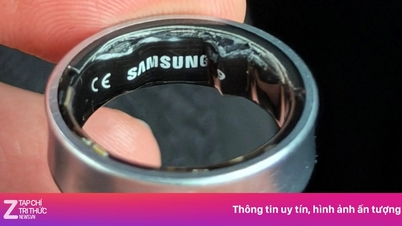











































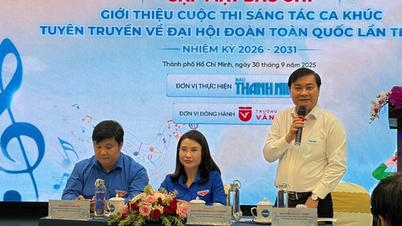






































Comment (0)